May 17, 2020
Rosemary Taylor was nearly finished lacing up her hiking boots at a dusty trailhead in southeastern B.C. when the first distant bang rocked the stillness of the morning.
It was just past 8:30 a.m. on May 18, 1980, the peak of the long weekend, the day already warm beneath a sky of perfect blue.
Moments later, a second boom.
"I thought, that's funny on a quiet Sunday holiday morning," said Taylor, who was 39 at the time.
Her group couldn't think of any quarry or mining activity happening in the area. They paid the noise no more attention and carried on with their hike.
When they reached the viewpoint along the trail hours later, they couldn't see a thing. The sky had gone a foggy grey.
More than 600 kilometres away, Catherine Hickson was cutting her camping trip short and hurtling away from the source of the noise.
She was hanging out the passenger side of a green Renault station wagon, looking back at an exploding volcano. A third-year geology student, Hickson took photos and told her husband, who was driving, to keep his eyes forward as they roared away down the logging road.
"The first memory is this unbelievable black, seething cloud expanding and just rushing towards us. That's the indelible memory in my eye sockets," said Hickson.
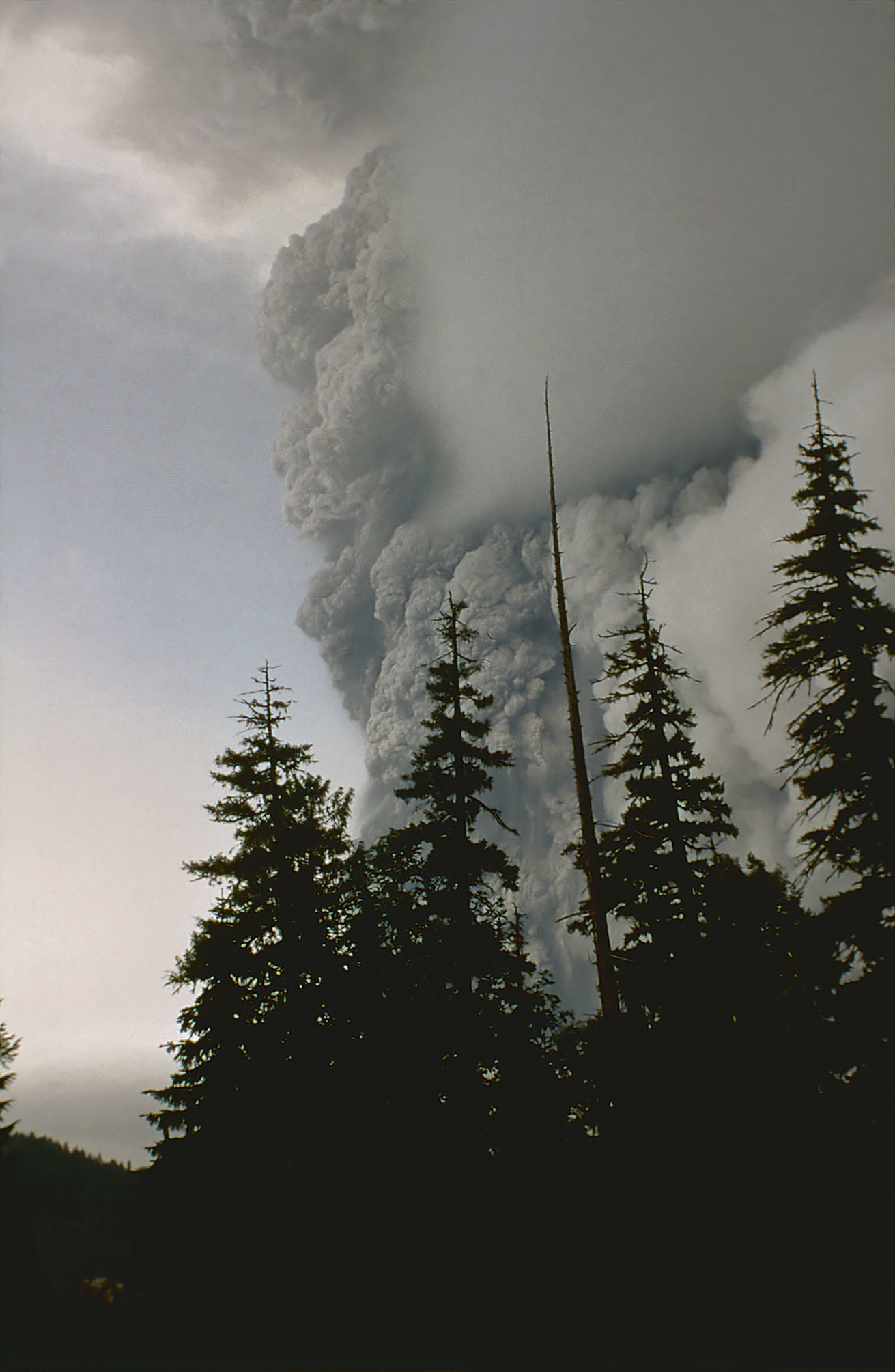
The eruption of Mount St. Helens was the deadliest and most destructive of its kind in American history, leaving nearly 60 people missing or dead and destroying more than 250 homes. A torrential landslide wiped out thousands of acres of Washington state forest, leaving a lifeless wasteland in its wake.
The explosion, which struck 40 years ago on Monday, sent pale grey ash as far as southeastern B.C. and parts of Alberta and Saskatchewan.
Hickson, who was 25 at the time and living in Vancouver, had been camping about 14 km east of the volcano base that Victoria Day weekend out of sheer curiosity.
Pressure had been building at Mount St. Helens since mid-March, and geologists across the continent were watching closely.
"Here was an eruption taking place basically in our backyard," said Hickson, who is now 65.
She was sitting in her car, admiring the view of the snow-capped peak after a breakfast of bacon and eggs, when the earth growled.
A chunk of the volcano’s northern face slipped away in a massive landslide at 8:32 a.m. Uncorked, the volcano exploded. Rocks, ash, volcanic gas and steam were hurled high into the air at more than 480 km/h.
A mess of volcanic debris began to gush down the mountainside, obliterating anything in its path.
Hickson was on her feet outside the car.
"At first it was incredibly exciting — like, oh my god ... this is it," Hickson said. "But that massive cloud ... it moved out incredibly rapidly."
CBC Archives footage shows the devastation caused by the eruption on May 18, 1980.
Part of the blast cloud surged over the rim of the newly formed crater and barrelled down the side of the volcano, heading east.
"We could see what we knew were mature Douglas firs basically being enveloped underneath the front of this cloud, in this roiling, boiling mass of ash. It was then that we realized that we were in extreme danger," Hickson said.
The couple rounded up their dogs, sprinted back to the Renault and raced south down the logging road.
"It’s terror, pure fear. [Her husband’s] asking me what's happening and, at that point, I thought, that's the end. This eruption is just going to get bigger and bigger and bigger and we're going to be completely enveloped in it."
The couple escaped. It turned out their campsite had been out of the volcano’s reach. They circled back hours later to retrieve the camping equipment they’d abandoned — they were students and gear was expensive — before heading home to Vancouver.
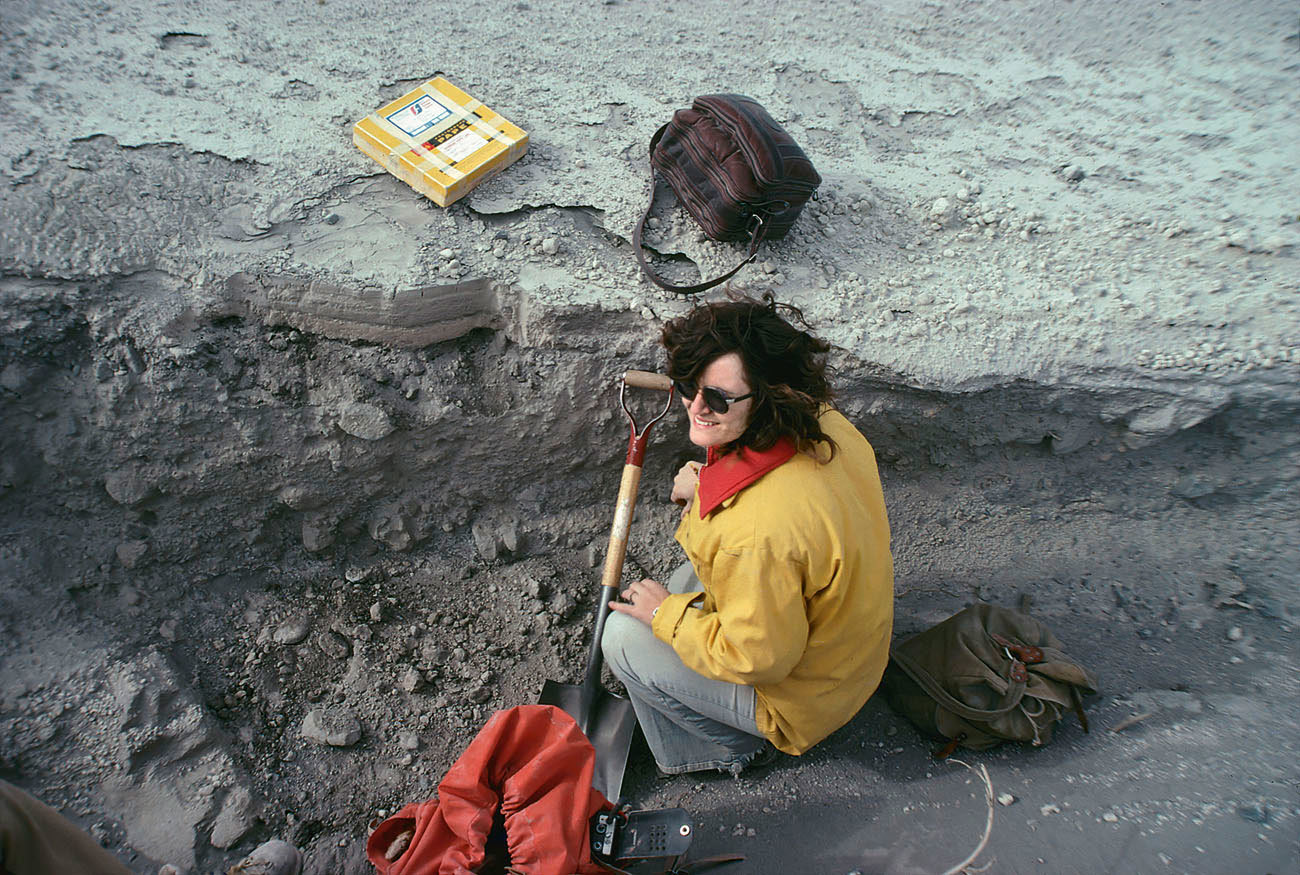
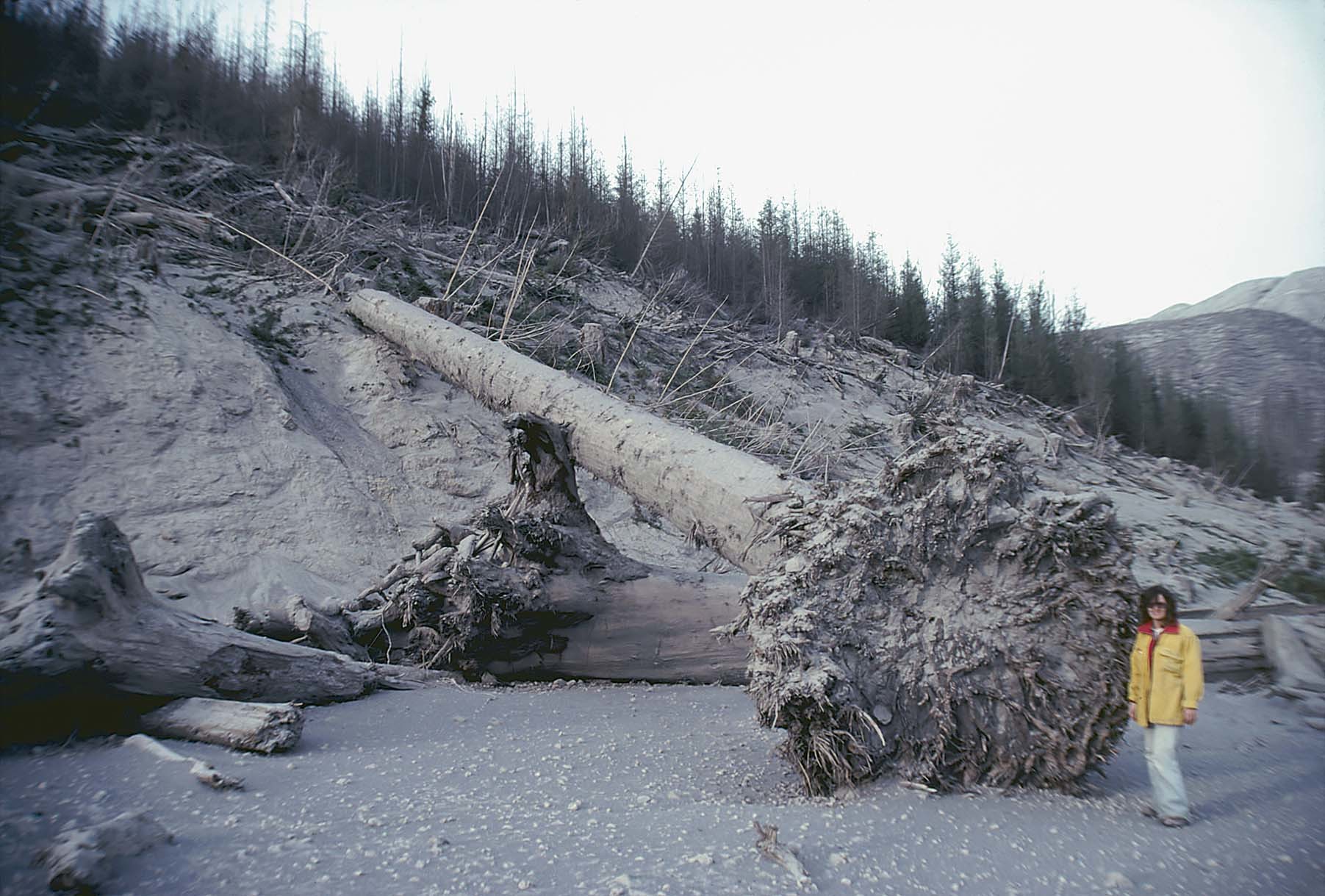
Hickson scribbled field notes on scraps of paper in the car during the drive.
At a pit stop late in the afternoon, Hickson called her mother from a payphone to tell her what had happened. The volcano had blown up, Hickson told her, but they were OK and coming home.
Her mother didn’t quite understand until she watched the evening news.
In a subsequent call that night, "my mother gets on the phone and she’s not hysterical but beside herself," said Hickson.
Over on the east coast, 13-year-old Seth Moran was equally transfixed by the news that Sunday.
A self-described "volcano and earthquake nerd," he sat in front of the television in his home in Amherst, Mass., watching his first real-life eruption with equal parts fascination and terror.
Moran grew up to become scientist-in-charge of the U.S. Geological Survey’s Cascades Volcano Observatory, responsible for studying and monitoring volcanoes in the Cascade range of the Pacific northwest.
Moran, now 53, said that over the past 10,000 years, Mount St. Helens has been the most seismically active volcano in the region. It saw a steady eruption period between 1800 and 1857, then a number of smaller eruptions after 1980, most recently in 2004.
If history is an accurate teacher, though, experts don’t expect anything like the 1980 blast to happen again in the near future.
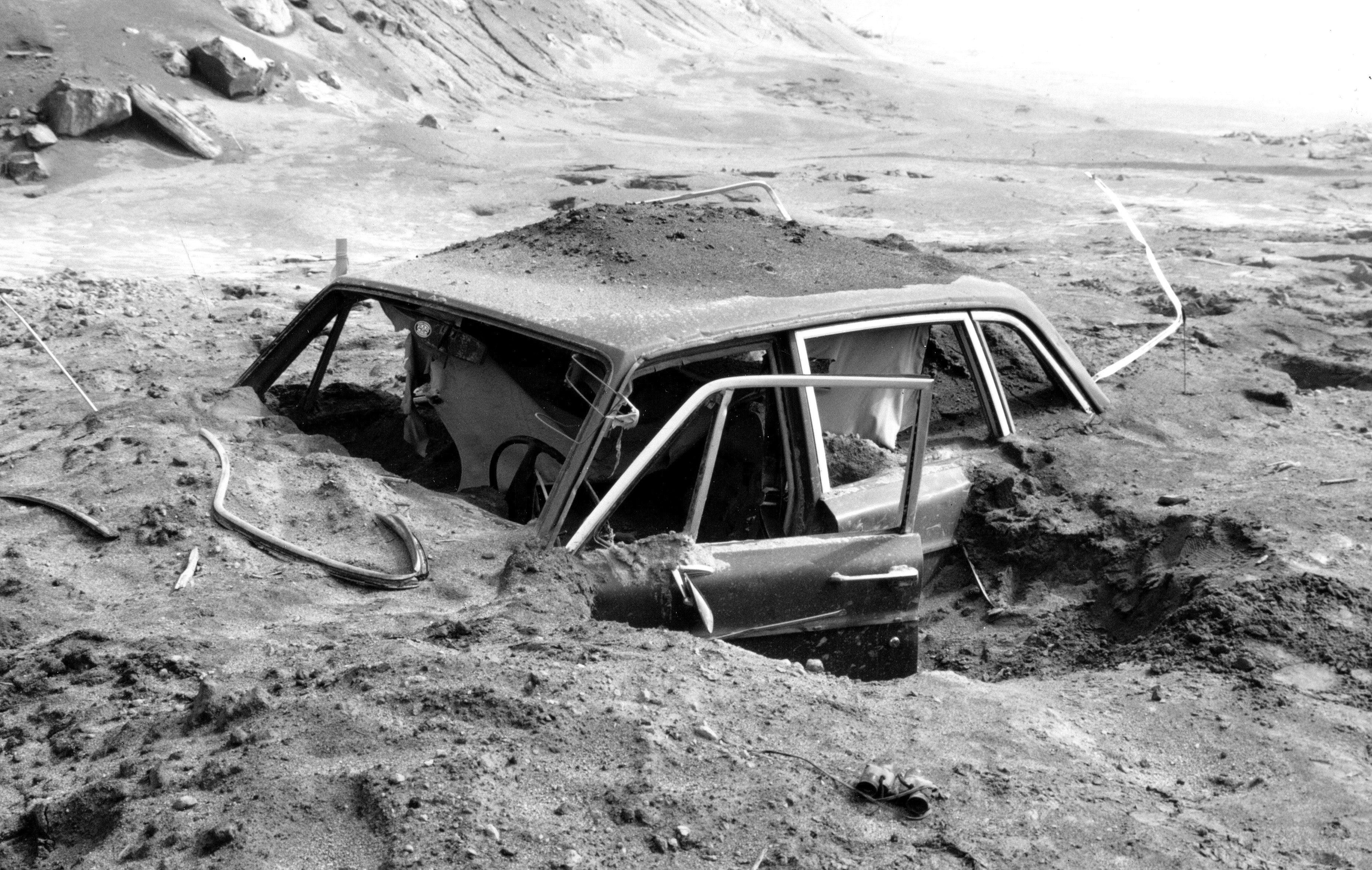

"As a general rule with volcanoes, they blow up big and then there’s a long period of time before they erupt big again," he said.
"We don’t actually know what’s cooking down there … [but] St. Helens does go through those cycles of blowing itself up and then rebuilding, and we’re pretty clearly in a rebuilding phase."
Moran said a landslide of the magnitude of 1980 is unlikely because the chunk of the volcano that slid away back then is still missing.
Today, the Mount St. Helens Visitor Centre in Castle Rock, Wash., offers a straight-shot view, through a webcam, into the crater created in 1980. The surrounding landscape has adapted and regrown and a new ecosystem has taken shape, although hundreds of millions of dollars have been spent to mitigate after-effects of the landslide in the nearby Toutle River.
"There’s a lot of regrowth that’s happened, there’s a lot of vegetation, but from the vantage point of the visitor’s centre, it’s still very fresh and very easy to see what happened back in 1980," Moran said.
To mark the 40-year anniversary of the blast, Hickson participated in two webinars this month with researchers and other witnesses, "to spend a few hours reminiscing."
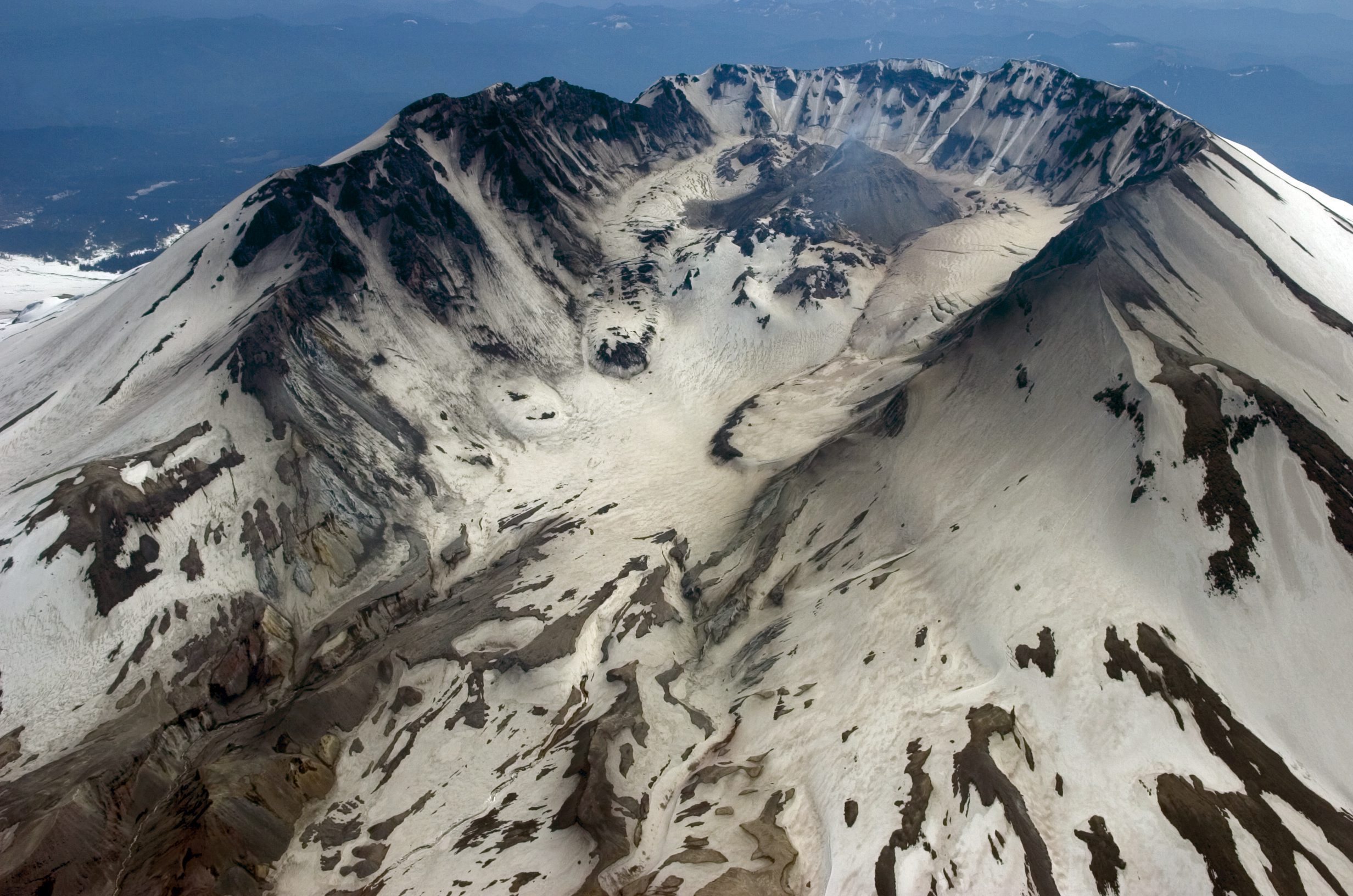
Like Hickson's mother and teenaged Moran, Rosemary Taylor only learned of the eruption after the evening news aired. That night, two members of her hiking group had gone into town for a meal and returned with the story.
Prior to their trip, "there'd been a bit of discussion that Mount St. Helens was looking a bit dicey ... but who expected those volcanoes to blow up? Come on. They'd been dead for years," said Taylor, now 79.
"Well, dormant," she said, correcting herself. "They're never really dead."
